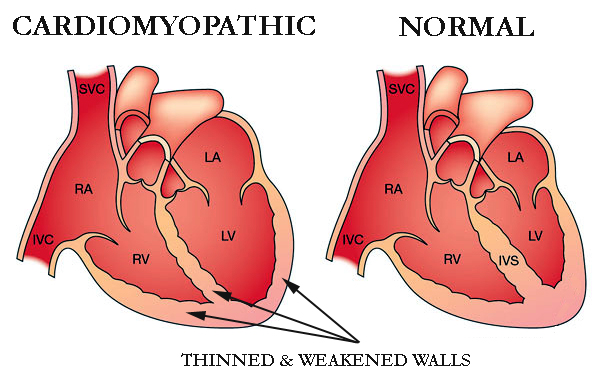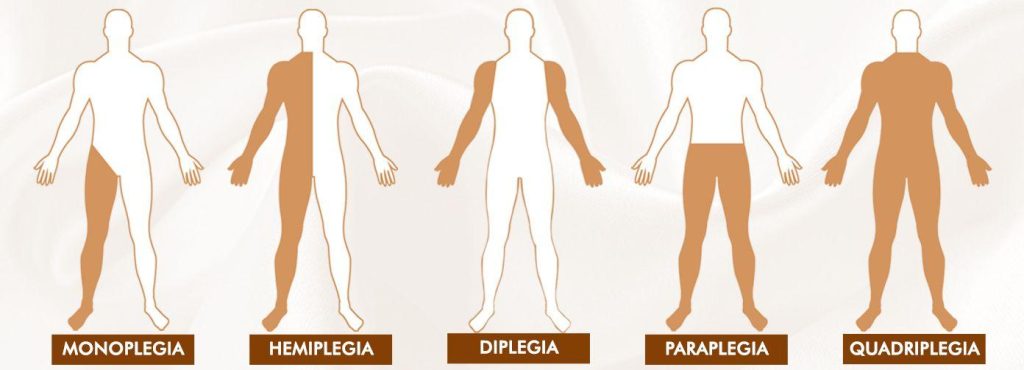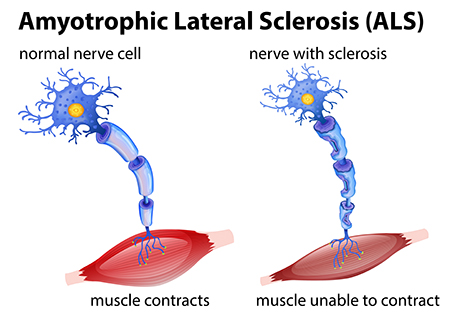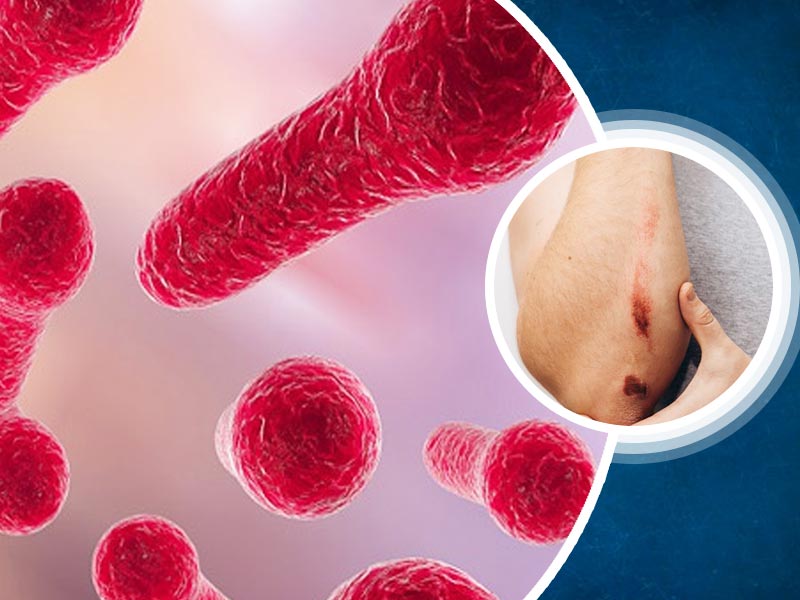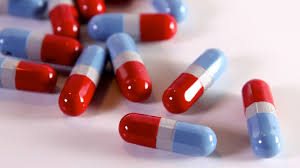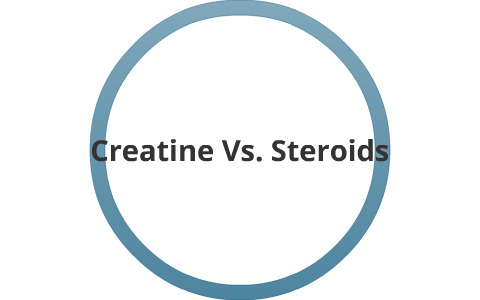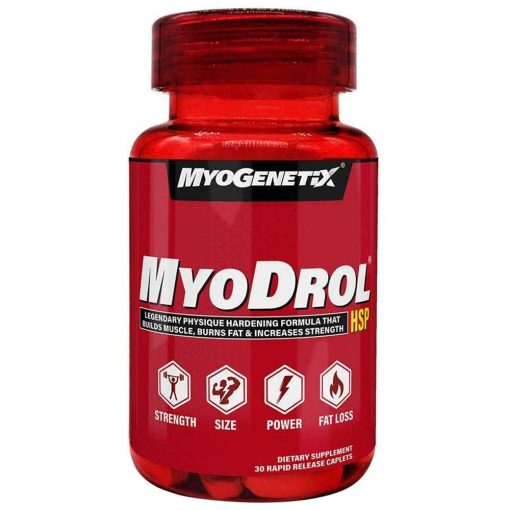How much protein is generally required to grow muscle?
Every cell and tissue in the body has protein. Protein is essential for muscle growth because it helps maintain and repair muscle tissue, in addition to serving many other important functions in the body.
As of right now, mildly active persons should consume 0.8 grams of protein per kilogram of body weight to avoid malnutrition. However, a more recent study indicates that those looking to gain muscle require more than this.

Less protein intake than the body requires has been associated with a reduction in muscle mass. In contrast, when combined with resistance exercise, higher protein consumption than the RDA may aid in boosting strength and lean body mass.
Why is protein necessary for muscular growth?
Amino acids, which make up protein, serve as the building blocks for the body’s cells and tissues. In order to create proteins, 20 amino acids must be combined.
Some substances can be produced by the human body, whereas others cannot. Essential amino acids are the nine amino acids that the body cannot produce on its own. These need to be consumed through food.
When a person eats protein, it is digested and broken down into amino acids, which are crucial for the body’s many functions. This includes energy production, immunological response, and tissue growth and repair.
What amount of protein do you require?
Dietary Guidelines for Americans for 2020–2025 state that the majority of healthy persons over the age of 19 should obtain between 10–35% of their daily calories from protein. 4 calories are contained in one gram of protein.
Accordingly, 50 to 175 grams of protein must be consumed daily by someone who consumes 2,000 calories daily.
Based on the amount needed to keep nitrogen balance and stop muscle loss, the current RDA for protein is 0.8 g per kg of body weight. It might not be suitable to apply these suggestions to muscle-building active people, though.
The optimal daily protein intake a person should consume varies depending on several characteristics, including age, gender, activity level, health, and other considerations.
But we now have a decent notion of how to figure out how much protein an adult needs to gain muscle weight-based on a number of research.
What have studies found?
When paired with resistance exercise, increased protein intakes are linked to gains in lean body mass and strength, according to the majority of research. However, the ideal protein intake for muscle growth is still debatable.
Here are the results of the newest research.
A 2020 meta-analysis indicated that protein intake between 0.5 and 3.5 g per kg of body weight can promote gains in lean body mass. The study was published in the journal Nutrition Reviews. Particularly, researchers found that a small daily increase in protein intake as low as 0.1 grams per kilogram of body weight can assist maintain or build muscle growth.
After 1.3 g of protein per kg of body weight was exceeded, the rate at which lean body mass increased in response to larger protein consumption rapidly dropped. An increase in strength prevented this drop. This implies that the optimum strategy for gaining lean body mass is a higher protein diet combined with strength exercise.
Another meta-analysis from 2022, which was published in the journal Sports Medicine, found that resistance training and increased protein intakes of about 1.5 g per kg of body weight daily are necessary for the best effects on muscle strength. Researchers found that at 1.5 to 1.6 g per kg of body weight per day, the benefits of higher protein intake on strength and muscle mass appear to plateau.
Last but not least, a systematic review and meta-analysis from 2022 found that young, resistance-trained individuals who consume 1.6 g of protein per kg of body weight per day or more see modest gains in lean body mass. Results for people over the age of 60 were meagre.
What are the top sources of protein?
A person can consume both animal and plant-based protein sources to achieve their daily protein requirements.
Sources of animal-based protein include:
- lean meats, such as lamb, pig, or beef
- poultry
- eggs
- seafood and fish
- dairy ingredients
- powdered whey protein.
sources of plant-based protein include:
- beans
- peas
- nuts
- lentils
- seeds
- soy-based goods
- powders made of plant protein.
When it comes to gaining muscle mass, some nutritionists believe that animal protein sources are superior to plant-based protein sources. This is due to the fact that they sufficiently contain all of the essential amino acids the body requires. Moreover, they are simple to digest.
Some plant-based proteins are more difficult to digest and less bioavailable. Additionally, the profiles of their amino acids vary. But those who choose plant-based diets can easily make up the difference by consuming more protein overall and choosing a range of foods.
People can pair foods like rice and beans, hummus with pita bread, or peanut butter on whole wheat bread to get all the essential amino acids in a plant-based diet.
Soy is one notable exception, as it is highly bioavailable, has an excellent amino acid profile, and is simple to digest.
When is too much protein too much?
According to most medical professionals, healthy persons may sustain a long-term protein intake of up to 2 g per kg of body weight per day without experiencing any negative side effects. Athletes who are in good health and have received proper training, for example, may endure up to 3.5 g per kg of body weight.
The majority of research indicates that consuming more than 2 g of protein per kg of body weight per day may eventually lead to health problems.
Potential dangers
Symptoms of consuming too much protein include:
- diarrheal discomfort
- nausea
- dehydration
- fatigue
- gaining weight
- irritation
- headache.
Chronic protein overconsumption has more serious dangers, such as:
- heart condition
- seizures
- liver and kidney damage
- death.
- Last word
Protein intakes over the recommended daily allowance (RDA) can support muscle growth when paired with resistance training.
Lean meat, fish, beans, nuts, and legumes are the healthiest food choices to help you achieve your daily protein requirements.
Since the ideal protein intake for an individual depends on age, health, and activity level, you might want to consult a qualified dietitian or a healthcare professional to find out how much protein is right for you.
REFERENCES:
- https://www.healthline.com/nutrition/how-much-protein-per-day
- https://www.menshealth.com/uk/nutrition/a754243/how-much-protein-should-i-eat-to-build-muscle/
- https://www.medicalnewstoday.com/articles/how-much-protein-do-you-need-to-build-muscle
For Muscle medications that have been suggested by doctors worldwide are available here https://mygenericpharmacy.com/index.php?cPath=28

